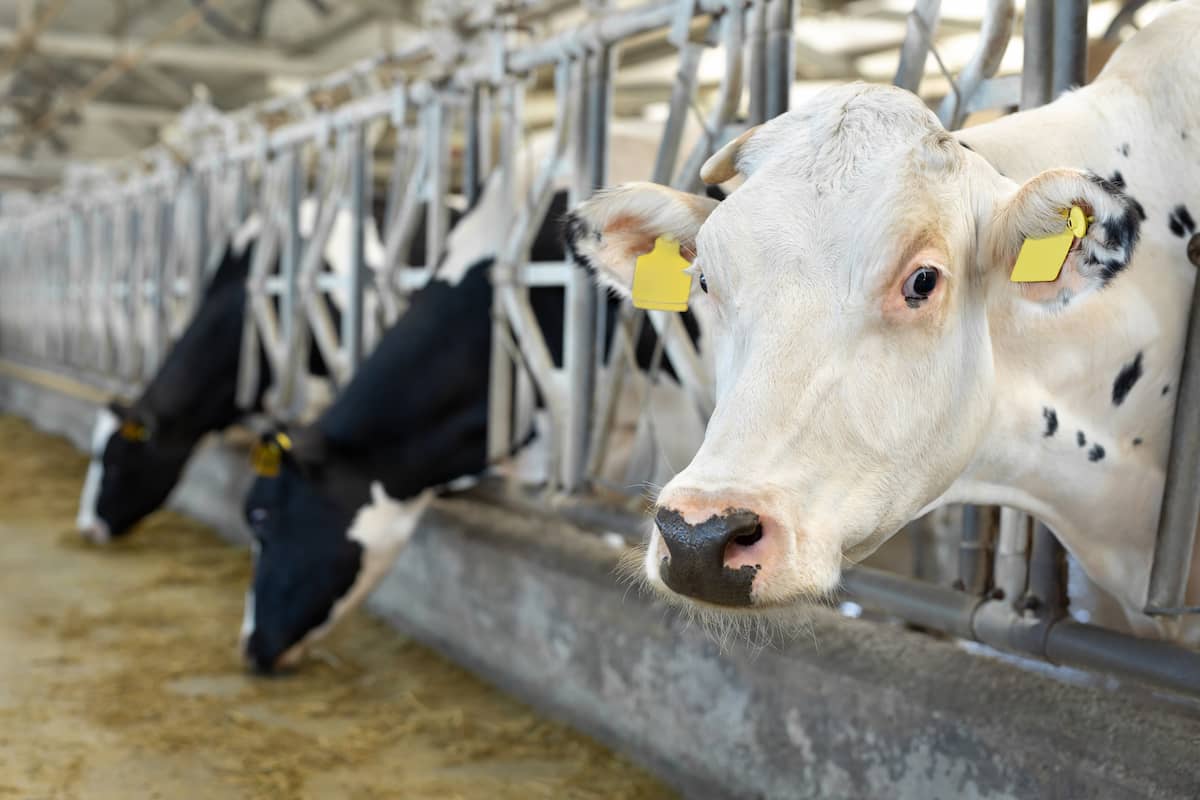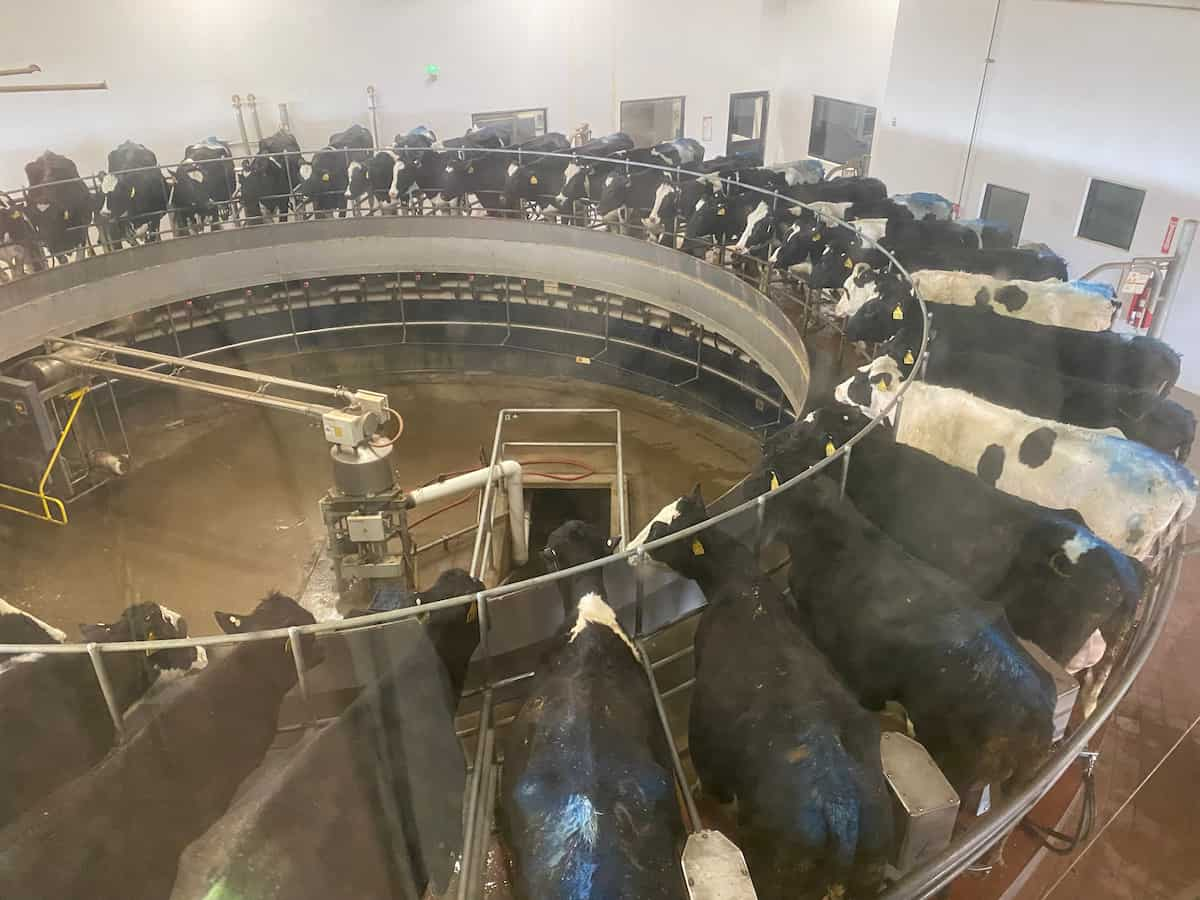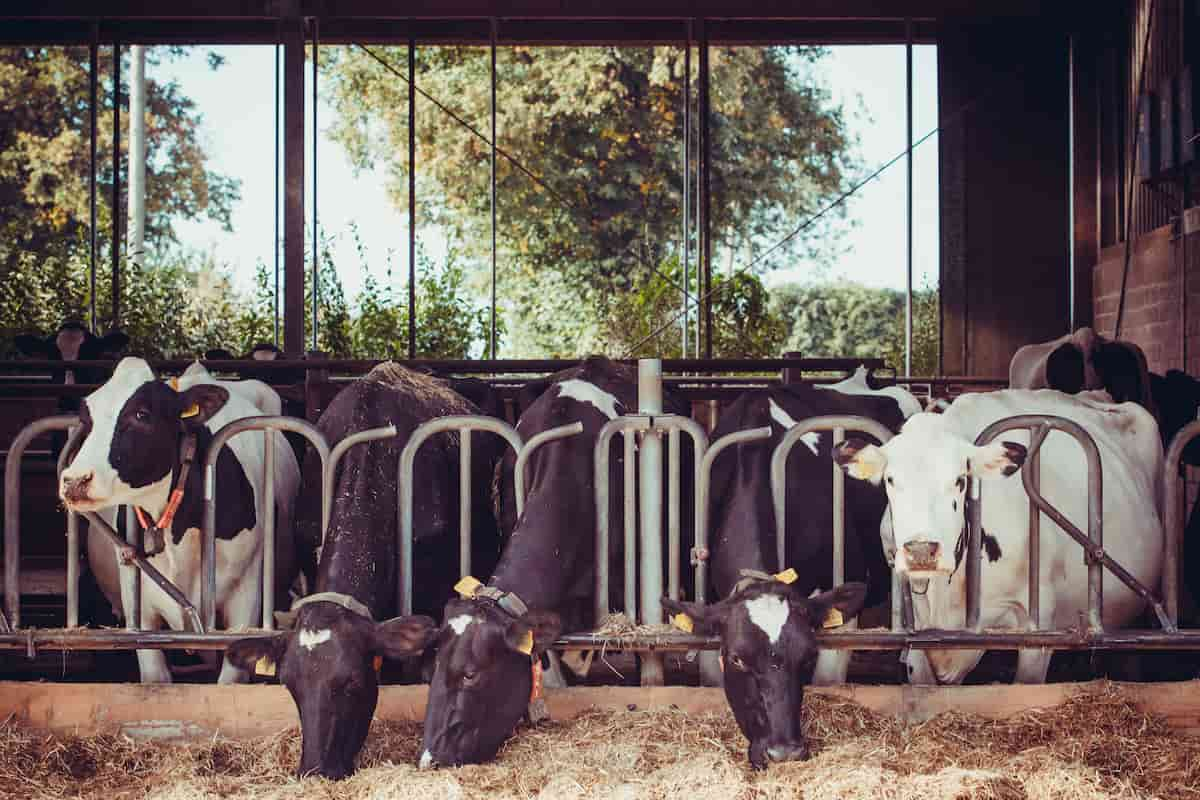India is the world’s biggest milk producer, and dairy farming drives its economy. Recognizing the importance of this sector, the Indian government has launched several subsidy schemes to support and promote dairy farming among farmers.

These schemes aim to provide farmers with financial assistance and technical support to enhance their milk production and increase their income. In this article, we will discuss the top government dairy farming subsidy schemes in India, which provide benefits such as subsidies for purchasing equipment and animals, training programs, and subsidy coverage.
Government Dairy Farming Subsidy Schemes in India
National Dairy Plan-I (NDP-I)
The National Dairy Plan-I (NDP-I) is a government-funded scheme to increase milk production and productivity. It is implemented by the National Dairy Development Board (NDDB) and covers 18 states of India. Under this scheme, farmers can avail of a subsidy of up to 25% of the project cost, which includes the cost of animals, feed, fodder, and equipment. The maximum subsidy amount is Rs. 56,250 per animal. The scheme also supports breed improvement, animal nutrition, and animal health.
Dairy Entrepreneurship Development Scheme (DEDS)
The Dairy Entrepreneurship Development Scheme (DEDS) is a central government scheme implemented by the National Bank for Agriculture and Rural Development (NABARD) to promote entrepreneurship in the dairy sector. Under this scheme, individuals, groups, and dairy cooperatives can avail of a subsidy of 25% to 33.33% of the project cost for setting up dairy units. The maximum subsidy amount is Rs. 1.5 crore per unit. The scheme also provides support for training, marketing, and infrastructure development.
Rashtriya Gokul Mission
The Rashtriya Gokul Mission is a central government scheme to conserve and develop indigenous cattle breeds. Under this scheme, farmers can avail of a subsidy of up to 50% of the project cost for setting up Gokul Grams, which are integrated cattle development centers. The maximum subsidy amount is Rs. 30 lakhs per Gokul Gram. The scheme supports breed improvement, feed and fodder development, and animal health.
Integrated Dairy Development Scheme (IDDS)
The Integrated Dairy Development Scheme (IDDS) is a state government scheme implemented in various states of India. Under this scheme, farmers can avail of a subsidy of up to 25% of the project cost for setting up dairy units. The maximum subsidy amount varies from state to state. The scheme also supports breed improvement, animal nutrition, and animal health.
National Livestock Mission
The National Livestock Mission is a central government scheme promoting livestock development. Under this scheme, farmers can avail of a subsidy of up to 50% of the project cost for setting up dairy units. The maximum subsidy amount is Rs. 20 lakhs per unit. The scheme supports breed improvement, feed and fodder development, and animal health.
In case you missed it: Top 10 Government Horticulture Subsidy Schemes in India

Dairy Processing & Infrastructure Development Fund (DIDF)
The Dairy Processing & Infrastructure Development Fund (DIDF) is a central government scheme implemented by the National Dairy Development Board (NDDB) to promote dairy processing and infrastructure development. Under this scheme, dairy cooperatives and private dairy processors can avail of a loan at a subsidized interest rate of 6.5% annually. The scheme also supports dairy infrastructure development, capacity building, and marketing.
Sub-Mission on Livestock Development
The Sub-Mission on Livestock Development is a central government scheme to improve productivity and sustainability. Under this scheme, farmers can avail of a subsidy of up to 50% of the project cost for setting up dairy units. The maximum subsidy amount is Rs. 30 lakhs per unit. The scheme supports breed improvement, feed and fodder development, and animal health.
Livestock Health and Disease Control Scheme
The Livestock Health and Disease Control Scheme is a central government scheme to control livestock diseases and promote animal health. Under this scheme, farmers can avail of a subsidy of up to 100% of the project cost for vaccination and disease control measures. The scheme also provides support for capacity building and awareness generation.
National Mission on Bovine Productivity
The National Mission on Bovine Productivity is a central government scheme to enhance milk production and productivity through breed improvement, nutrition, and animal health management. Under this scheme, farmers can avail of a subsidy of up to 50% of the project cost for setting up dairy units. The maximum subsidy amount is Rs. 1 lakh per animal. The scheme also supports breed improvement, animal nutrition, and animal health.
Frequently Asked Questions About Government Dairy Farming Subsidy Schemes in India
What is the Minimum Investment in Dairy Farm?
Setting up a small-scale dairy farm with 5 to 10 cows or buffaloes would require an investment of around 10 to 15 lakhs Indian Rupees. This investment would cover the cost of purchasing the animals, constructing sheds, buying equipment such as milking machines, feed, and medicines, and other operational expenses. It is also recommended to seek guidance from experts or experienced dairy farmers before starting a dairy farm to ensure the investment is adequate and the farm is profitable in the long run.
In case you missed it: Government Agriculture/Farming Subsidy Schemes in India

What is the Interest Rate for a Dairy Farm Loan?
The interest rate for a dairy farm loan can vary depending on the lender and the specific terms of the loan. Generally, interest rates for agriculture loans, including dairy farm loans, can range from 7% to 12% but may go higher depending on the borrower’s creditworthiness, collateral, and other factors.
Some lenders also offer special rates or discounts for farmers who meet certain eligibility criteria, such as having a good credit score, a solid business plan, or a history of successful farming operations. It is always advisable for farmers to shop around and compare loan options from different lenders to find the best interest rate and terms that suit their needs and financial situation.
Conclusion
In conclusion, the Indian government has introduced several dairy farming subsidy schemes to boost the dairy industry and improve the livelihood of farmers. These schemes provide financial assistance to farmers for various aspects of dairy farming, including animal husbandry, feed, and milk processing. The government hopes to increase milk production, improve milk quality, and create employment opportunities by offering such subsidies.
- Feed Your Flock for Less: Top 10 Tips to Save on Chicken Feed
- Ultimate Guide to Ossabaw Island Hog: Breeding, Raising, Diet, and Care
- Hatching Answers: The Top 10 Reasons Your Chickens Aren’t Laying Eggs
- Eggs and Economics: Breaking Down the Cost of Raising Backyard Chickens
- Defend Your Greens: Proven Methods to Keep Iguanas Out of Your Garden
- Ultimate Guide to Cinnamon Queen Chicken: A Comprehensive Guide for Beginners
- Ultimate Guide to California Tan Chicken: Breeding, Raising, Diet, Egg-Production and Care
- Ultimate Guide to Marsh Daisy Chicken: Breeding, Raising, Diet, and Care
- 10 Types of Chicken Farming Businesses You Can Start for Profits